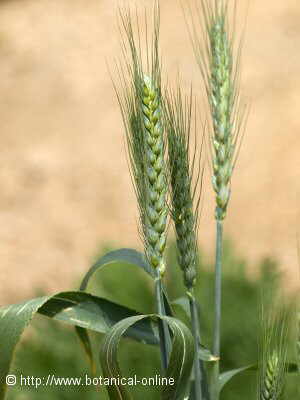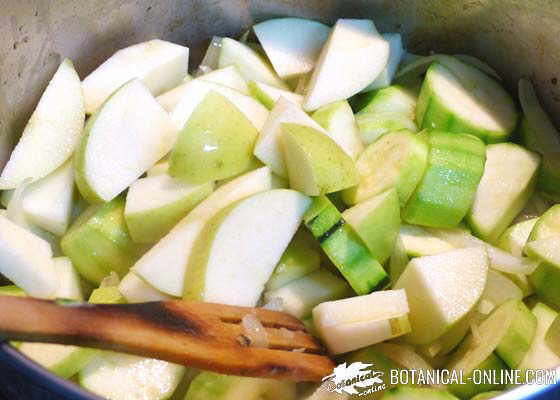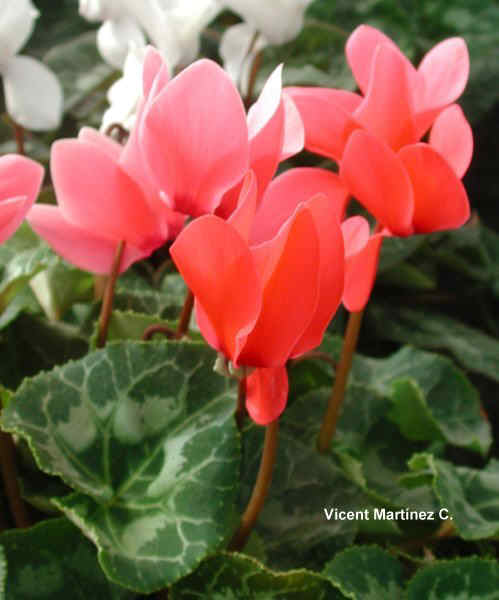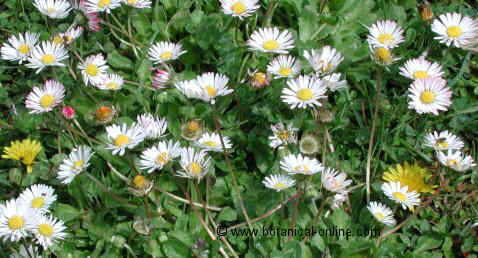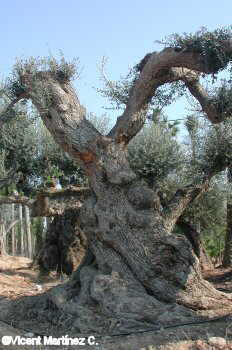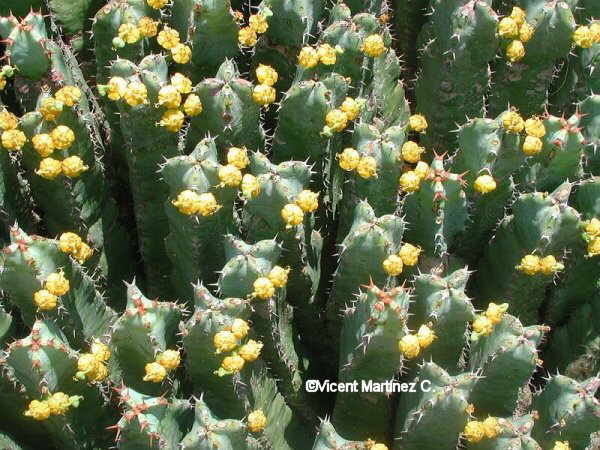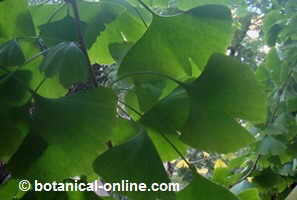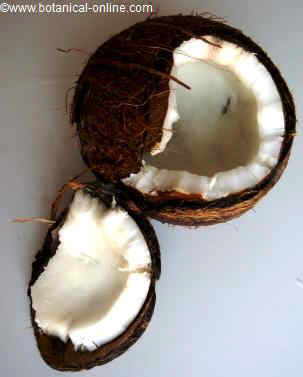Contents
Dangers of barberry (Berberis vulgaris L.)
Is barberry a toxic plant?
Barberry (Berberis vulgaris L.) is a thorny shrub native to Europe and the Caucasus that is used in herbal medicine for its antibacterial, antirheumatic, antidiabetic, tonic, astringent, diuretic, cholagogue, expectorant, hepatic, laxative and purgative properties.
Parts of the plant used
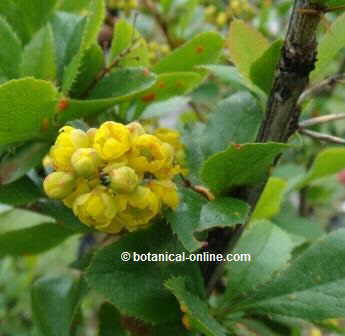
The parts of the plant used are the root and the bark, which are rich in an alkaloid called berberine. Berberine can be purchased in the form of extracts, in tablets.
The fruits of the barberry plant do not contain berberine, are edible and are used to make jams.
Is barberry toxic?
Barberry is a medicinal plant that can have toxic effects. The bark and leaves of the plant are rich in isoquinoline alkaloids (berberine). These active principles often produce side effects such as intestinal disorders due to their properties.
Supplements or infusions of berberine or barberry are also particularly dangerous if combined with medications.
Toxic components of barberry: berberine
The leaves and bark contain alkaloids (2-3%). Mainly berberine and, in lesser amounts, berbamine, oxyacanthine, magnoflirine, berberubine, berbamine and columbamine.
In high doses, barberry alkaloids can cause poisoning. Symptoms include: nausea, vomiting, dizziness, diarrhea, nosebleeds and nephritis.
Are barberry fruits toxic?
The fruits do not contain alkaloids. They are rich in vitamin C, iron and have laxative properties.
Contraindications of barberry
The plant has important contraindications such as pregnancy (it can cause abortion), liver diseases and its combination with medications, because it presents many potentially dangerous interactions in some cases.
![]() More information on the barberry plant and berberine active principle
More information on the barberry plant and berberine active principle

